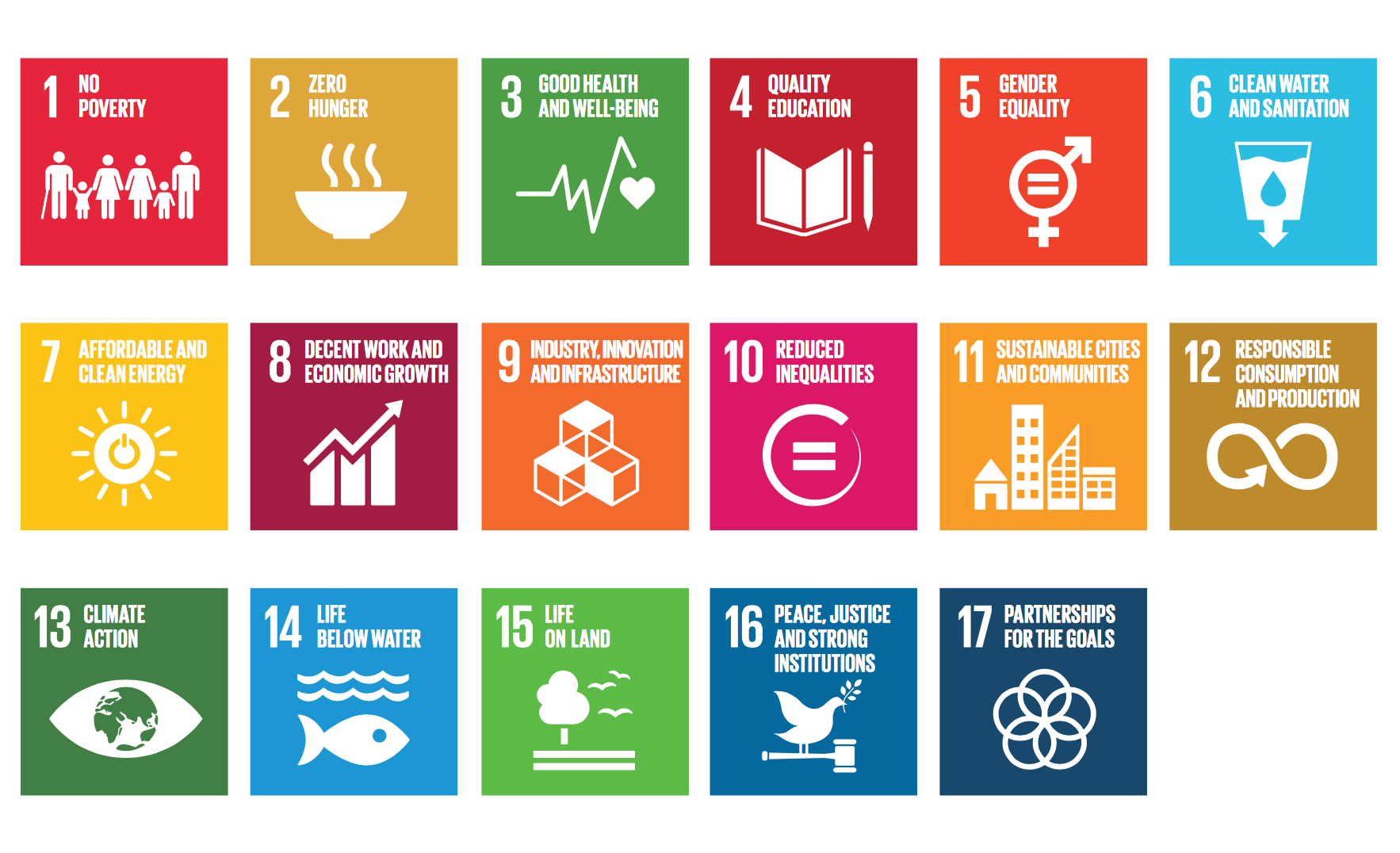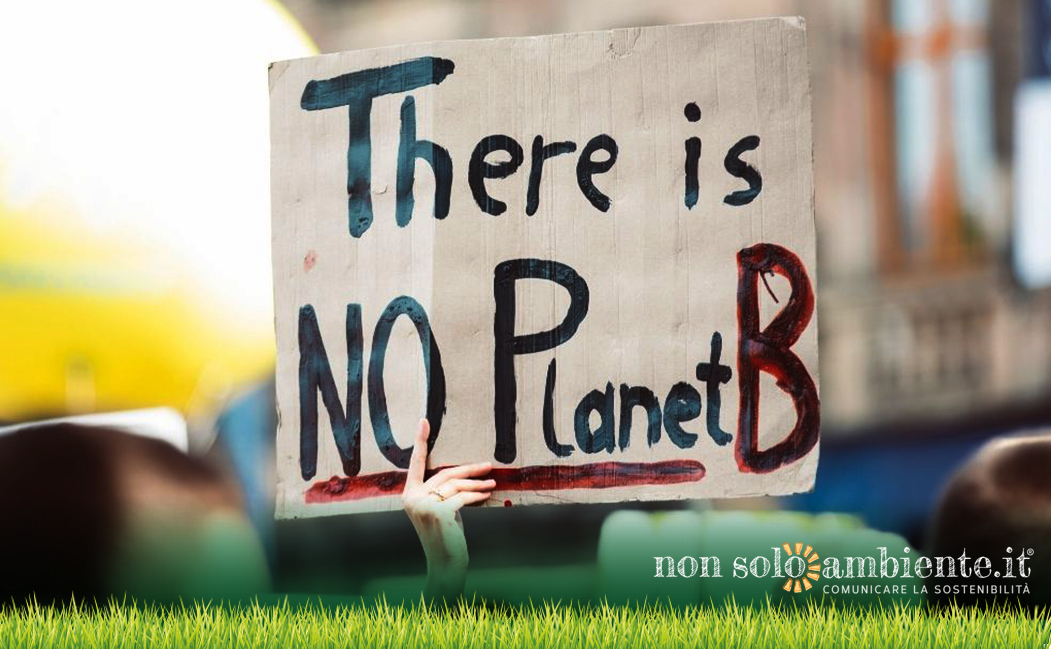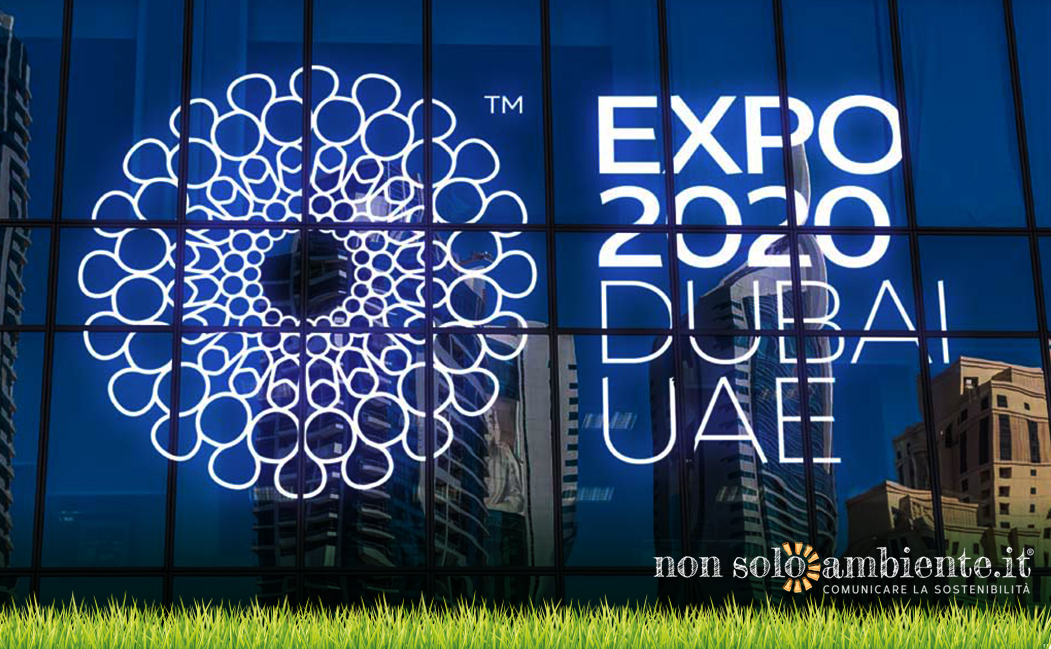
Ultime Notizie

English version by Lara Gastaldi
After the Rio+20 Conference for green economy in 2012, the international politics’ interest has been addressed to Agenda 2030, which includes the 17 Sustainable Development Goals – to be accomplished within 10 years.
“To transform the world” is the ambitious project of Agenda 2030 for the Sustainable Development. It consists of a series of goals to be fulfilled within 2030, thanks to the global cooperation of every country. The document has been adopted to the United Nations’ General Assembly, during the Sustainable Development Summit in 2015. These are 17 goals (SDGs - Sustainable Development Goals) to be completed by 2030, to fight poverty and to protect the planet. The 17 Goals consist of 169 targets, which refer to social, economic and institutional sectors. In 2017 the United Nations Statistical Commission has implemented more than 200 alerts, to keep track of the countries’ signs of progress towards Agenda 2030’s goals.
The current situation in Italy
According to the Istat SDGs’ report, 28,9% of the Italian population is at risk of poverty and social exclusion. Concerning agriculture, the agrochemical usage is lesser and lesser, and biological cultivations areas keep growing. However, ammonia’s emissions are increasing, and the use of fertilisers is continuous.
Regarding health, Italy has one of the least infant mortality rates in Europe, though one kid out of three (from 6 to 10 years old) is overweight. The death rate for people who suffer from malign tumours, brittle diabetes, cardiovascular and respiratory illness from 30 to 69 years old is decreasing, while deceases for car crash are growing.
Italy is still at the last place in Europe for University degrees and graduates, even though the unemployment rates keep on decreasing. In 2018, NEETs from 25 to 29 years old reached the highest peak in the EU. Besides, territorial differences between the north and the south of Italy are steady.
Concerning gender equality; the violence against women is decreasing, but the assaults are still extremely harsh and fatal. Management and power roles for women are growing, even though the rate is still low.
Available drinkable water per person is at the highest among the 28 countries in the EU. The urban litter in dumps have been reduced in the last two years, even though Italy is still behind the Agenda 2030’s goal for garbage collection. Italy virtuously behaves for natural resources consumption but the public expenses to protect biodiversity and landscapes have been decreased.
Between 2012 and 2015, two out of ten public institutions approved forms of non-financial reporting and the number of companies which employ technological innovations grew by 38.1% in three years. In 2017, tourism in sustainable structures is 20 out of 100, especially in the following regions: Marche, Tuscany and Umbria. In 2017, 2.2% of the population is exposed to landslide risk and 10.4% to flood risk.
OECD countries
The Measuring Distance to the SDG Targets 2019 Report shows that the OECD countries are the most likely ones which will achieve the following goals:
- to access to basic services (energy, technology, information and communication and modern educational structures);
- to reduce maternal, infant and neonatal mortality rates;
- to have public access to information;
- coastal zones maintenance.
However, the OECD countries would face some difficulties in fulfilling goals for:
- inequalities (poverty, disparity in education, leadership for women);
- healthy behaviours (tobacco consumption and undernourishment);
- educational and employment outcomes (secondary education; adult calculation skills, training and youth employment);
- violence and security (violence against women; perception of security).
Tags:
Potrebbero interessarti ...
Snam’s commitment to sustainability at Dubai Expo 2020
13 Ottobre 2021No more chocolate by 2050 because of extreme droughts effects
22 Settembre 2021How much CO₂ do urban forests absorb?
15 Settembre 2021Iscriviti alla nostra Newsletter!
Sei un sostenitore dell'ambiente in tutte le sue forme? Allora sei nel posto giusto!
Iscriviti subito!




